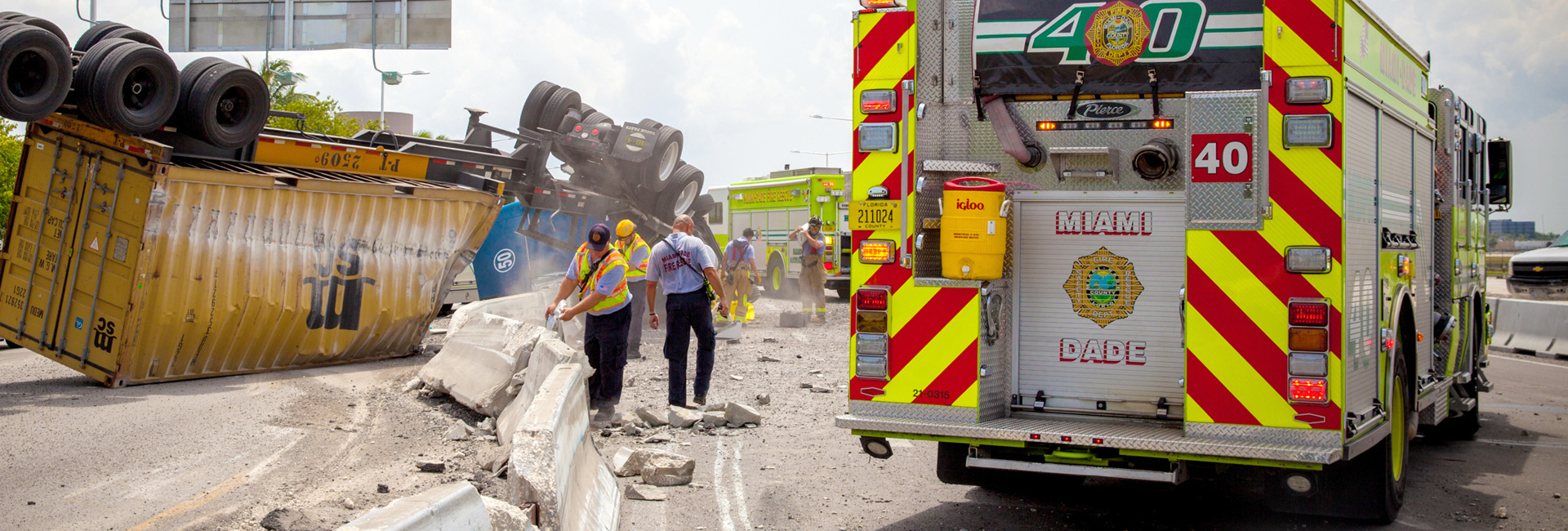Safety Tips: Fire Extinguishers
Fire Extinguishers are a must-have essential in a home; however, it can be intimidating having to shop, handle, use and maintain one.
Fire extinguishers are not designed to fight large or spreading fires. Even on small fires, they are useful only under the right conditions. An extinguisher needs to be readily available and in working order. It should be located in plain view and near an escape route. The operator should be familiar with the extinguisher so valuable time will not be wasted trying to read directions during an emergency. You must have the right “type” (also referred to as “class”) of extinguisher for the type of fire, and an adequate “rating” for the size of the fire.
Extinguishers are labeled with a letter according to the type of fire on which they might be used. Using one type of extinguisher on the wrong type of fire could be dangerous and make the situation much worse. Here are the most common extinguisher types:
Type A is labeled with a triangle on the extinguisher. It is used for ordinary combustibles such as wood, paper, cloth, rubber and most plastics.
- Type B is labeled with a square and it is used to extinguish flammable liquids such as gasoline, oil, grease, paint, and solvents.
- Type C is labeled with a circle and is used on electrical fires involving wires, fuse boxes, energized electrical equipment and other electrical sources.
- Type D is labeled with a star and it is used on flammable metals and metal alloys. These extinguishers are used in chemical laboratories.
- Type K extinguishers are intended for use on fires that involve vegetable oils, animal oils or fats in cooking appliances. These are used in restaurants, cafeterias, and caterers.
Sometimes an extinguisher will use a pictogram instead of, or in addition to, the letter. Basically, this picture will describe the type of fire on which an extinguisher should be used. For instance, a Type A pictogram will show burning wood, and a Type C will show an electrical cord and outlet. Often, they will also include a pictogram with a big slash through it meaning, “don’t use the extinguisher on this type of fire.”
These days it is common to see a combination of types in one extinguisher. A Type BC extinguisher is a good choice for garages or kitchens and a Type ABC extinguisher is an excellent choice for general use.
The “rating” on the extinguisher is a number that refers to how much fire it can put out. The higher the rating number, the more fire it can put out, but also the heavier it will be. Make sure you choose an extinguisher that you can easily hold and operate. Check the label of the extinguisher to ensure that it is approved by an independent testing laboratory such as FM (Factory Mutual) or UL (Underwriters Laboratory.)
You should consider fighting fire with your extinguisher only if the fire is small and confined to the immediate area where it started, such as a small appliance, stove, or a wastebasket. Make sure you have an easy escape route that is not blocked by the fire and double-check that your extinguisher is appropriate for your type of fire.
Don’t use the extinguisher unless you are confident that you can operate it effectively. And remember, if you have any doubts about whether the fire is too big or dangerous for you and your extinguisher, go with your instincts and get out. Close the door behind you to control the spread of fire and call 911 immediately.
If you decide that you can safely fight the fire with your extinguisher, you should use the same acronym used by professional firefighters to remember what to do. PASS stands for Pull, Aim, Squeeze and Sweep. Pull the pin at the top of the cylinder. Some units will require you to release a lock of some sort first. Hopefully, you will have already figured this out sometime prior to your emergency. Aim the nozzle at the base of the fire. Squeeze the handle. Sweep the contents from side to side at the base of the fire until it is extinguished.
Watch carefully for rekindling of the fire. If it rekindles and your extinguisher is empty, move on to Plan B.

Fire Rescue
Raied "Ray" Jadallah
R. David Paulison Fire Rescue Headquarters
9300 NW 41st Street,
Miami, FL 33178-2414
786-331-5000

